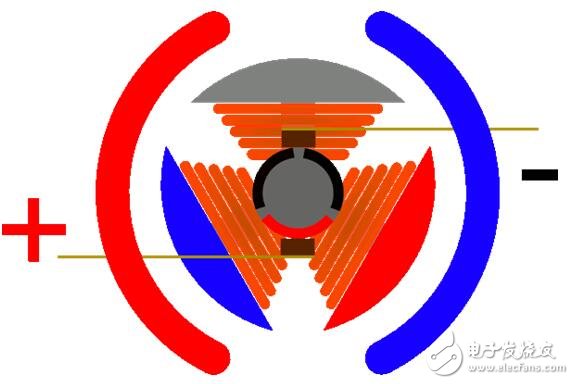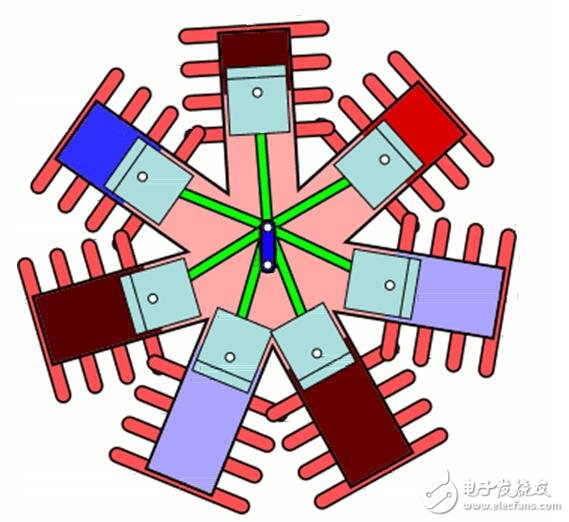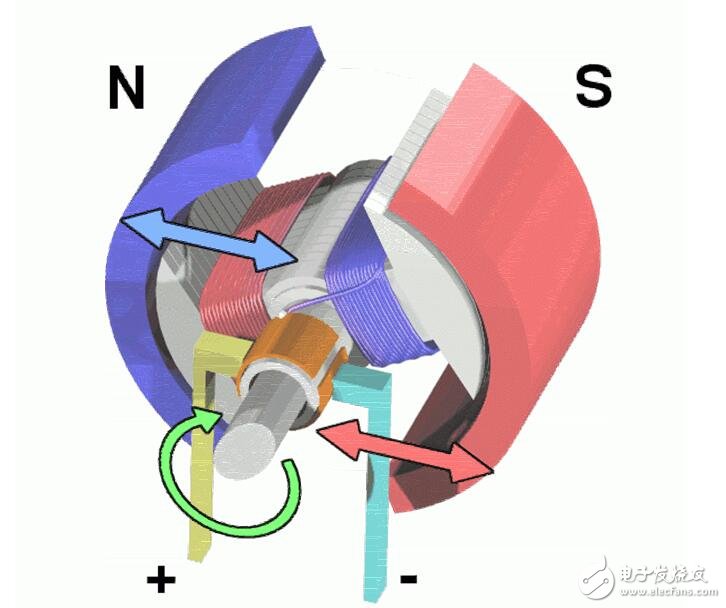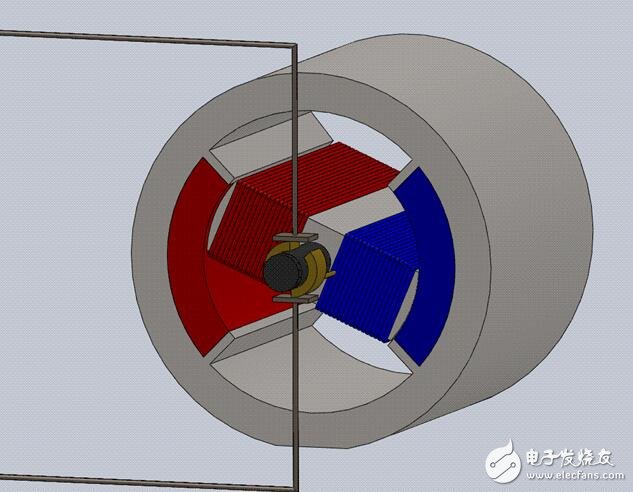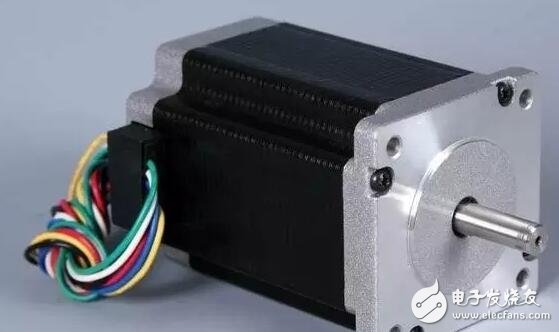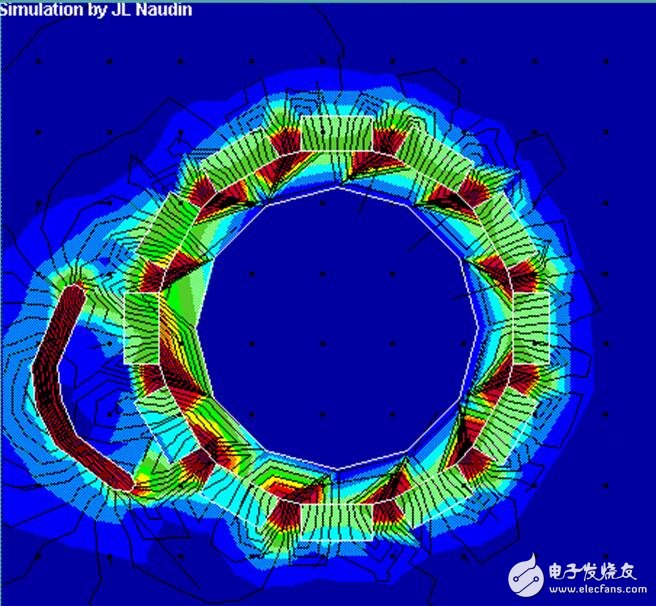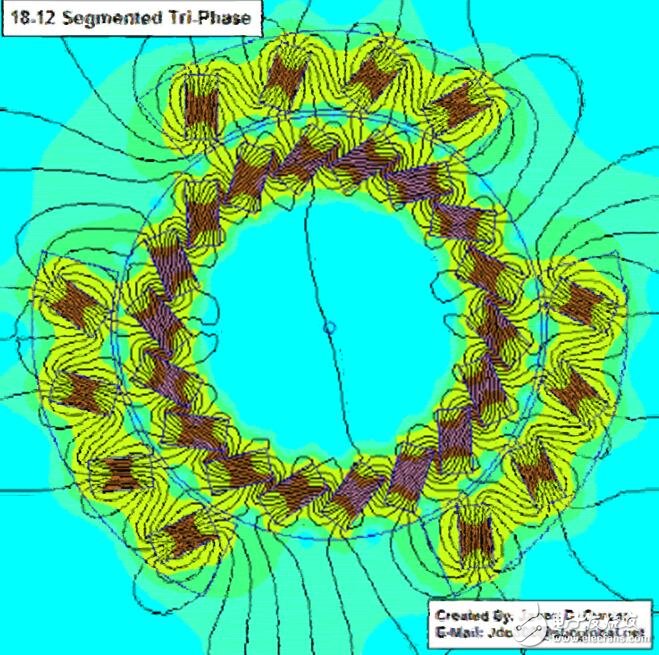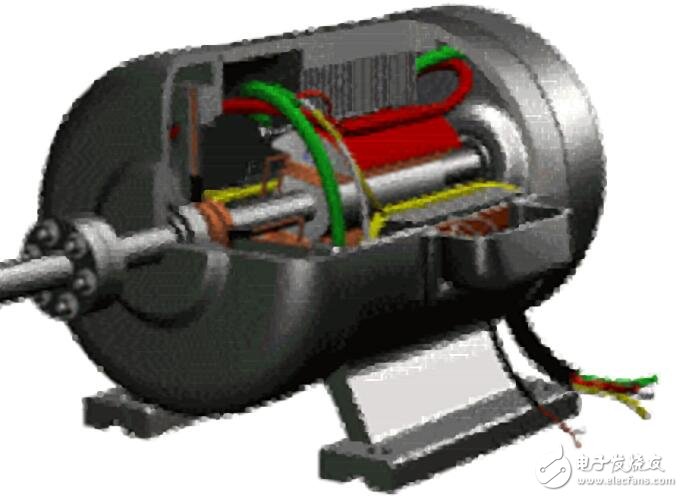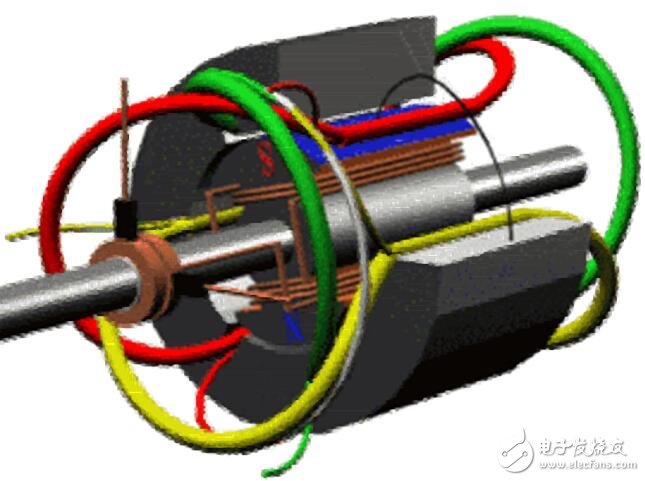Analysis of various motor principle and principle analysis
A motor (commonly referred to as "motor") refers to an electromagnetic device that converts or transmits electrical energy in accordance with the law of electromagnetic induction. It is indicated by the letter M in the circuit. Its main function is to generate drive torque as a power source for electrical appliances or various machines. The generator is indicated by the letter G in the circuit. Its main role is to use electrical energy to convert into mechanical energy. The motor consists essentially of an electromagnet winding or distributed stator winding for generating a magnetic field and a rotating armature or rotor and other accessories. Under the action of the rotating magnetic field of the stator winding, it has a current passing through the armature squirrel cage aluminum frame and is rotated by the action of the magnetic field. Stator (stationary part) Stator core: a part of the magnetic circuit of the motor and a stator winding placed thereon; Stator winding: is the circuit part of the motor, which is connected to three-phase alternating current to generate a rotating magnetic field; Base: fixed stator core and front and rear end caps to support the rotor, and play the role of protection and heat dissipation; Rotor (rotating part) Rotor core: as part of the magnetic circuit of the motor and placing the rotor windings in the core slot; Rotor winding: cutting the rotating magnetic field of the stator to generate induced electromotive force and current, and forming electromagnetic torque to rotate the motor; A DC motor is a rotating electrical machine that converts DC electrical energy into mechanical energy (DC motor) or converts mechanical energy into DC electrical energy (DC generator). It is a motor that converts DC power and mechanical energy to each other. When it is used as a motor, it is a DC motor that converts electrical energy into mechanical energy; when the generator is running, it is a DC generator that converts mechanical energy into electrical energy. â–² physical model diagram of DC motor The physical model diagram of the DC motor in the above figure has a magnet in the fixed part, which is called the main magnetic pole here, and a brush in the fixed part. The rotating portion has a toroidal core and a winding wound around the toroidal core. (Two of the small circles are set to facilitate the direction of the conductor potential or current at that location) A stepping motor is an open-loop control element stepping motor that converts an electrical pulse signal into an angular displacement or a linear displacement. In the case of non-overload, the speed and stop position of the motor depend only on the frequency of the pulse signal and the number of pulses, and are not affected by the load change. When the stepper driver receives a pulse signal, it drives the stepper motor. The set direction is rotated by a fixed angle. The angular displacement can be controlled by controlling the number of pulses to achieve the purpose of accurate positioning. At the same time, the speed and acceleration of the motor rotation can be controlled by controlling the pulse frequency, thereby achieving the purpose of speed regulation. Stepper motor working principle The stator winding produces a vector magnetic field as current flows through the stator windings. The magnetic field causes the rotor to rotate at an angle such that the pair of magnetic fields in the rotor coincide with the direction of the magnetic field of the stator. When the stator's vector magnetic field is rotated by an angle. The rotor also turns an angle with the magnetic field. Each time an electrical pulse is input, the motor rotates an angle further. The angular displacement of the output is proportional to the number of pulses input, and the rotational speed is proportional to the pulse frequency. Changing the order in which the windings are energized, the motor will reverse. Therefore, the number of control pulses, the frequency, and the energization sequence of the windings of each phase of the motor can be used to control the rotation of the stepping motor. Asynchronous motor, also known as induction motor, is an AC motor that converts electromechanical energy into mechanical energy by the interaction of the air gap rotating magnetic field and the rotor winding induced current to generate electromagnetic torque. The principle of single-phase asynchronous motor In an AC motor, when the stator winding passes an alternating current, an armature magnetomotive force is established, which has a great influence on the energy conversion and operating performance of the motor. Therefore, the single-phase AC winding is connected to the single-phase AC to generate the pulse magnetomotive force, which can be decomposed into two rotating magnetomotive forces of equal amplitude and opposite rotational speed, thereby establishing positive and negative in the air gap. Magnetic field and. These two rotating magnetic fields cut the rotor conductors and generate induced electromotive forces and induced currents in the rotor conductors, respectively. This current interacts with the magnetic field to produce positive and negative electromagnetic torque. The forward electromagnetic torque attempts to make the rotor rotate forward; the reverse electromagnetic torque attempts to reverse the rotor. These two torques are superimposed to synthesize the rotation of the motor. A permanent magnet motor is an electric motor that uses a permanent magnet to provide a magnetic field. Motor work requires two conditions, one is the presence of a magnetic field, and the other is the presence of a moving current in the magnetic field. Motor sectional view shows how it works Urea Pressure Sensor,High Pressure Transducer,Strain Gauge Pressure Sensor,Water Transducer Shenzhen Ever-smart Sensor Technology Co., LTD , https://www.fluhandy.com